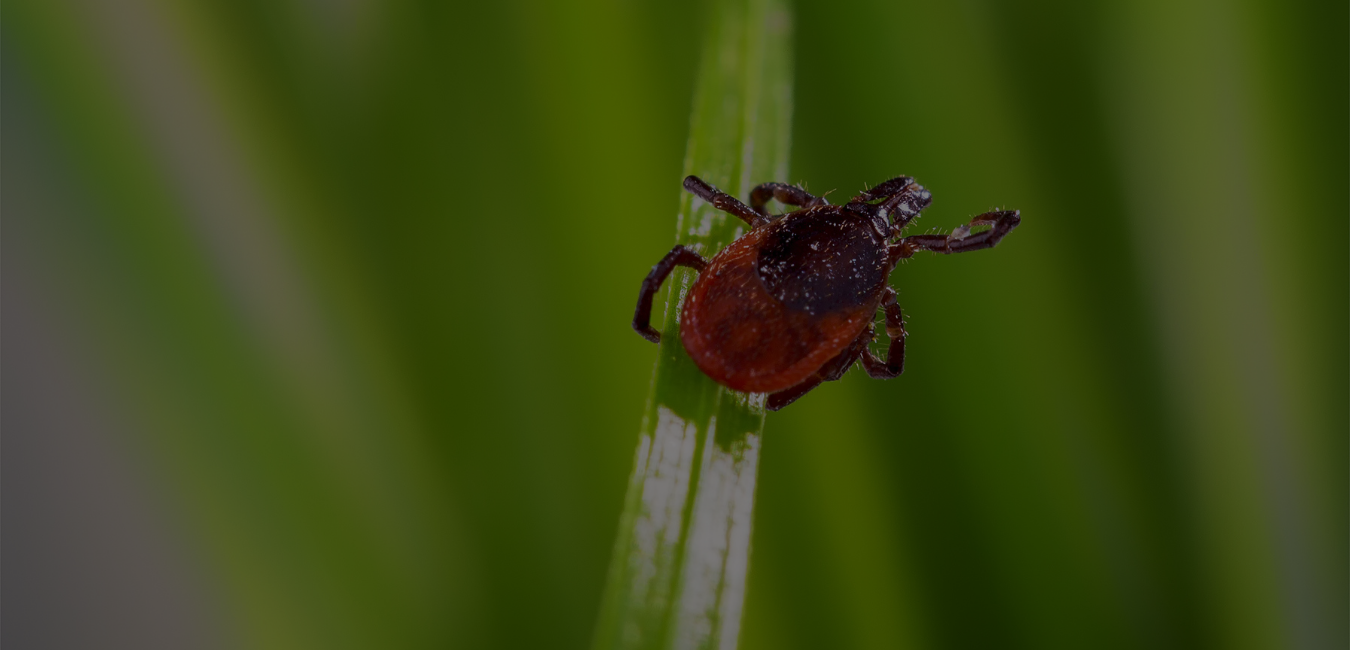Are Deer Ticks Dangerous?

All Deer Ticks Don’t Have Lyme Disease
Deer ticks are not born with Lyme disease. In fact, deer ticks never carry Lyme disease.
When a deer tick feeds on an animal that is infected with the bacterium Borrelia burgdorferi, it enters the gut of the tick and works its way into its salivary glands.
Once there, it can be injected into a human when the tick feeds again. When Borrelia burgdorferi enters a human, it turns into Lyme disease if the immune system is not able to neutralize it. And every tick that contracts this bacterium has a chance of neutralizing it inside their own body.

Deer Ticks Must Stay Attached To Cause Lyme Disease
When a tick attaches to a human, it can take 24-48 hours for a harmful amount of bacteria to transfer. While there is no set amount, scientists have concluded that early detection and early removal can significantly reduce the risk of contraction.
Deer Ticks Are Small
It’s not all good news. While every deer tick that attaches to you does not necessarily have this bacteria, and it takes time for the bacteria to transfer, these are tiny bugs. A single field mouse can have as many as 100 deer ticks in its fur. Finding a deer ticks isn’t easy, especially if it has attached to a pet.
Who Is At Higher Risk For Lyme Disease?
If you work in tall grass or wooded areas on a daily basis, you will be at higher risk for having a deer tick attach and, subsequently, a greater risk of being bitten by an infected tick.
If you own a pet, especially a dog, you are statistically more likely to contract Lyme disease.
If you have a rodent infestation in your home, there is a likelihood of a secondary infestation of ticks and possible exposure to the Lyme-causing bacterium Borrelia burgdorferi.
If you have bird feeders, you may be accidentally allowing deer ticks into your yard. These tiny ticks are known to attach to birds. When these pretty animals fly into your yard, they may shed tick eggs or ticks into your yard. This could result in exposure to Lyme disease, and other tick-borne illnesses.
Who Is At A Lower Risk For Lyme Disease?
Those who have ongoing pest control are at lower risk for several illnesses that are spread by pest bugs and wildlife. Pest control can directly address ticks in a yard, or ticks in a home. It also works to control animals that bring ticks in.
Those who keep their pets indoors, or who groom their pets more frequently, are more likely to find and destroy ticks. The use of veterinary-prescribed products is also a vital part of tick prevention. While not 100% effective at stopping ticks, it is an important piece of the tick-control puzzle.
Those who work to prevent wildlife from entering their yards. There are many strategies for keeping furry animals away. Some involve removing food sources. Some involve structural modifications or fencing. Others are simple yard maintenance. When you actively deter wildlife, you reduce your exposure to deer ticks.
Conclusion
Are deer ticks dangerous? They can be. The level of risk is directly linked to the measures we take to prevent them from being in our yards, in our homes, on our pets, and directly on us. It is also connected to awareness. Lyme disease can be cured in its early stages. If you know you are at risk because of exposure to deer ticks, and you have symptoms, let your doctor know.
It is also helpful to put any tick you find feeding on your skin into a sealed plastic bag. This will help your physician to properly diagnose you.
Deer ticks don’t just spread Lyme disease. They are linked to many harmful diseases. But good tick control, and ongoing personal protection, can reduce the threat.
If you have more questions or you would like to schedule a meeting with a service professional, reach out to us. Deer ticks are only as dangerous as we let them be.
Request Your Pest Control Estimate
Related Posts
Contact Us Today!
Do you need an estimate for service or have questions about pests? We’d love to hear from you!
Fill out the form and receive feedback today. For immediate service, please give us a call!
